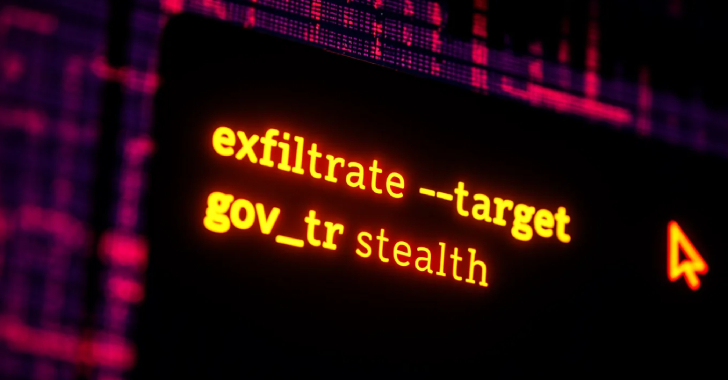
NIST-Based vs. CIS-Based Risk Assessments: Securing Your Firm in the Digital Era
In an increasingly digital world, the security of your firm’s data and operations is paramount. Cyber threats continue to evolve, becoming more sophisticated and dangerous by the day. To protect your organization effectively, you need a robust risk assessment framework. Two prominent frameworks that often come up in discussions about cybersecurity risk assessments are NIST (National Institute of Standards and Technology) and CIS (Center for Internet Security). Let’s explore the key differences between these two approaches and how they can help keep your firm secure.
Understanding the Basics
Before diving into the differences, it’s essential to understand the basics of NIST and CIS.
NIST (National Institute of Standards and Technology): NIST is a U.S. government agency responsible for developing and promoting standards and guidelines to enhance the security and resilience of critical infrastructure. The NIST Cybersecurity Framework is a widely adopted set of guidelines that helps organizations manage and reduce cybersecurity risk.
CIS (Center for Internet Security): CIS is a nonprofit organization dedicated to enhancing the cybersecurity readiness and response of public and private sector entities. They provide various cybersecurity resources, including the CIS Controls, a prioritized set of actions that help organizations protect against common cyber threats.
NIST-Based Risk Assessments
NIST offers a comprehensive and highly structured approach to risk assessments. Here are some key aspects of NIST-based risk assessments:
- Framework-Based: NIST provides a detailed framework that organizations can follow. This framework comprises five core functions: Identify, Protect, Detect, Respond, and Recover. These functions help organizations systematically manage and mitigate cybersecurity risks.
- Flexibility: NIST’s framework is known for its flexibility. It can be adapted to suit organizations of all sizes and industries. This adaptability makes it a popular choice for a wide range of organizations, from government agencies to private businesses.
- Documentation: NIST places a strong emphasis on documentation. Organizations using the NIST framework are expected to maintain detailed records of their risk assessments, security policies, and procedures. This documentation helps in compliance and auditing processes.
- Continuous Improvement: NIST encourages a cycle of continuous improvement. Organizations are expected to regularly assess their security posture, identify weaknesses, and implement improvements. This iterative approach ensures that cybersecurity measures stay up to date.
- Integration: NIST can be integrated with other cybersecurity standards and regulations, such as ISO 27001 and GDPR. This integration can help organizations achieve compliance with multiple requirements simultaneously.
CIS-Based Risk Assessments
CIS offers a different approach to risk assessments through its CIS Controls. Here’s what you need to know about CIS-based risk assessments:
- Prioritization: CIS Controls are all about prioritization. They provide a clear and concise list of actions that organizations should take to improve their cybersecurity posture. These controls are prioritized based on their effectiveness in mitigating common cyber threats.
- Simplicity: CIS Controls are designed to be straightforward and easy to understand. This simplicity makes them accessible to organizations that may not have extensive cybersecurity expertise. It also facilitates quicker implementation of security measures.
- Benchmarking: CIS Controls include a scoring system that allows organizations to benchmark their cybersecurity efforts against industry standards. This scoring system provides a clear indication of how well an organization is doing in terms of security.
- Continuous Monitoring: Like NIST, CIS emphasizes the importance of continuous monitoring. Regularly assessing and updating security measures is a fundamental aspect of the CIS Controls approach.
- Community and Resources: CIS offers a community-driven approach to cybersecurity. It provides a wealth of free resources, tools, and best practices to help organizations implement the controls effectively. The community aspect allows for shared knowledge and collective defense against cyber threats.
Choosing the Right Approach for Your Firm
The choice between NIST-based and CIS-based risk assessments depends on various factors, including the size of your organization, industry regulations, and your existing cybersecurity posture. Here are some considerations to help you make an informed decision:
- Complexity: If your organization operates in a highly regulated industry with complex security requirements, NIST’s comprehensive framework may be more suitable. It provides a detailed roadmap for compliance and risk management.
- Resource Constraints: Smaller organizations with limited cybersecurity resources may find the simplicity of the CIS Controls approach appealing. It offers a clear path to improving security without overwhelming complexity.
- Industry Standards: Consider the industry-specific standards and regulations that apply to your organization. Some industries, such as healthcare and finance, have specific cybersecurity requirements that may align more closely with one framework over the other.
- Community Involvement: If you value community-driven support and resources, CIS may be the way to go. Their active community can be a valuable asset for sharing knowledge and staying updated on emerging threats.
- Integration Needs: If your organization needs to align with multiple cybersecurity standards or regulations, NIST’s flexibility makes it a strong candidate for integration with other frameworks.
- Risk Tolerance: Evaluate your organization’s risk tolerance. NIST’s comprehensive approach may be better suited for risk-averse organizations, while CIS Controls offer a more pragmatic, risk-based approach.
Conclusion
In the ever-evolving landscape of cybersecurity, choosing the right risk assessment framework is crucial for keeping your firm secure. NIST and CIS offer distinct approaches, each with its own strengths. Ultimately, the choice between them depends on your organization’s specific needs and priorities. Whichever path you choose, the key is to implement a robust risk assessment and management process to safeguard your firm’s data and operations in today’s digital age.
Contact Cyber Defense Advisors to learn more about our NIST-Based Risk Assessment solutions.





